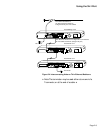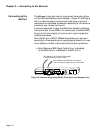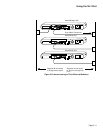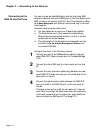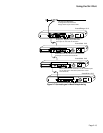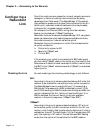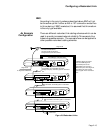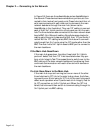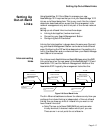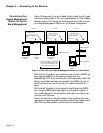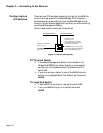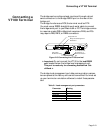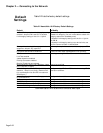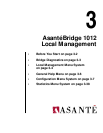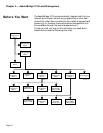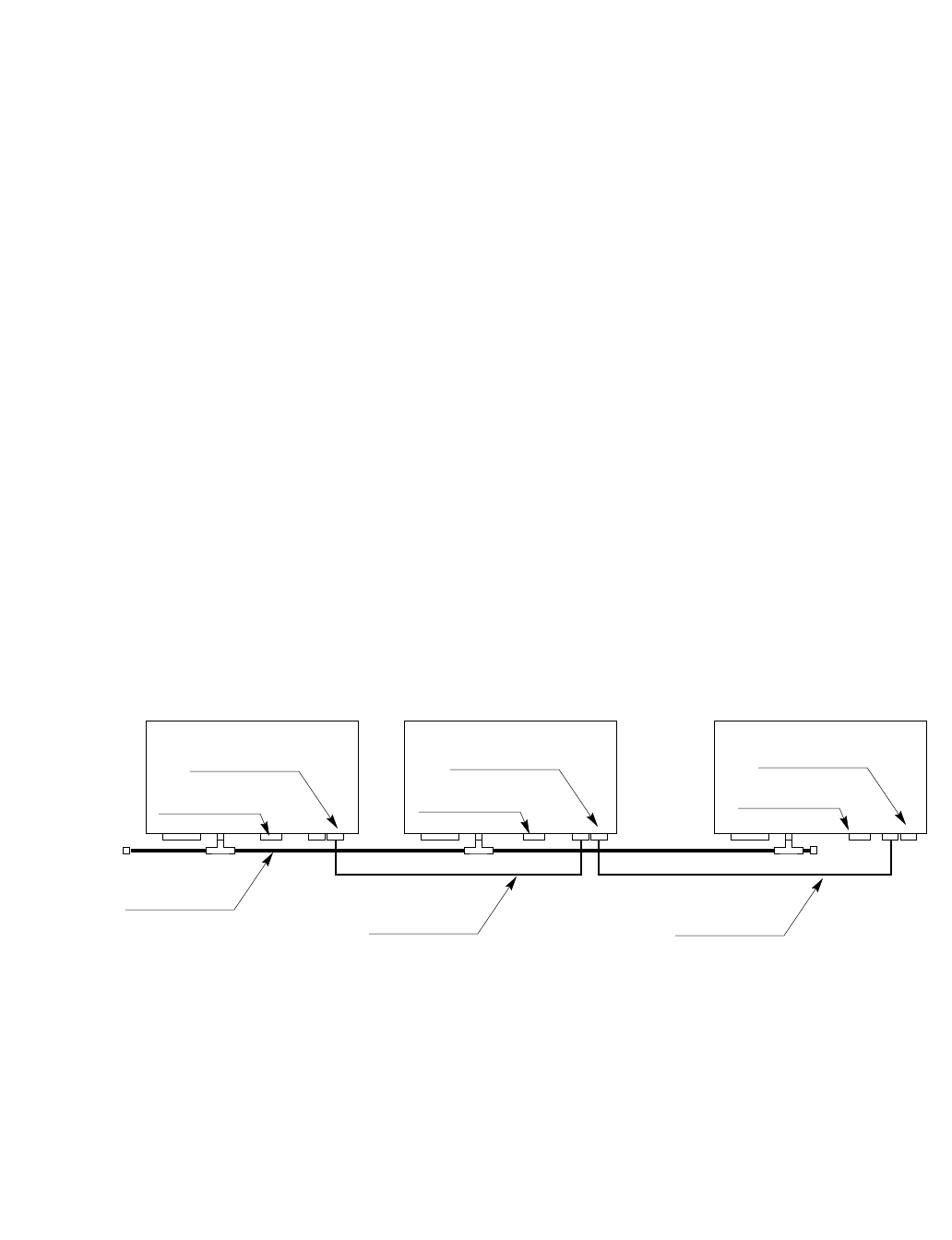
Page 2-17
Setting Up Out-of-Band Links
Using AsantéView 2.2 Out-of-Band to manage your new
AsantéBridge 1012 requires that you link your AsantéBridge 1012
into an out-of-band daisychain. This is very much like the in-band
daisychain described earlier, except that this arrangement is for
network management only and is not part of the normal network
wiring.
Setting up out-of-band links involves three steps:
❏ Linking hubs together (twelve maximum)
❏ Connecting your Asanté Management Station
❏ Configuring hub DIP switches
Linking the hubs together is always done the same way. Connect-
ing your Asanté Management Station can be done three different
ways. Configuring the DIP switches depends on the position of a
hub in the daisychain and on where and how your Asanté Manage-
ment Station is connected.
You interconnect AsantéHubs and AsantéBridges using the AMS
Link ports found on the rear panel of the AsantéBridge 1012 and
AsantéHub 1012, and the Network Management Module of the
AsantéHub 2072. Logically, the arrangement looks like this:
Figure 2-9 Out-of-Band Links
The thin Ethernet backbone is shown for reference only. How you
configure the in-band linking is independent of the out-of-band
linking. You can have any kind of in-band link you want or not
have in-band links at all.
❖ Note: The two out-of-band RJ45 AMS Link ports are elec-
trically identical; it does not matter which port you use.
There are no in or out ports for out-of-band.
❖
Setting Up
Out-of-Band
Links
Interconnecting
Hubs
Hub #2Hub #1 Hub #3
In-Band network
backbone
Out-of-band RJ45
link
AMS Link Ports
AMS Link Ports
AMS Link Ports
Bridge/Hub RS232
Port
Bridge/Hub RS232
Port
Bridge/Hub RS232
Port
Out-of-band RJ45
link



